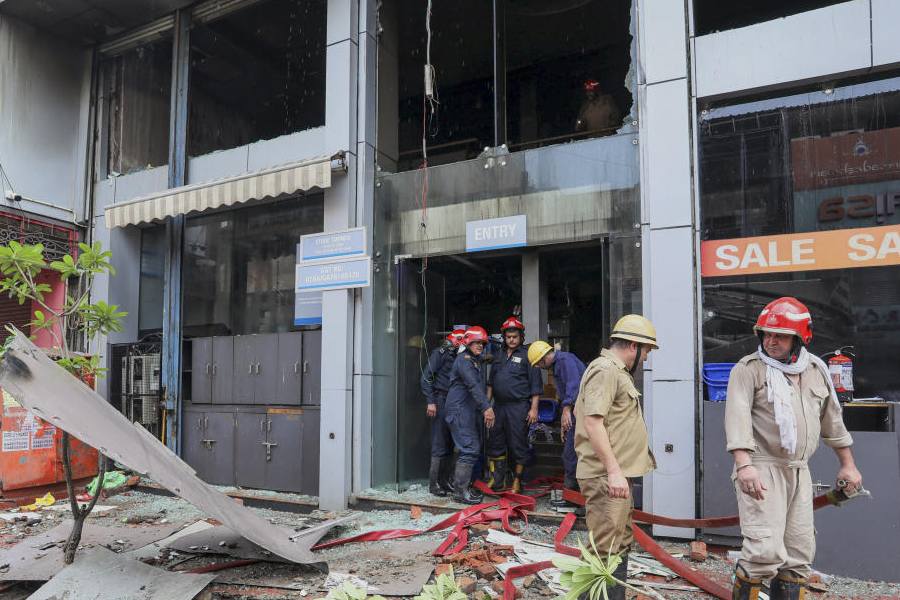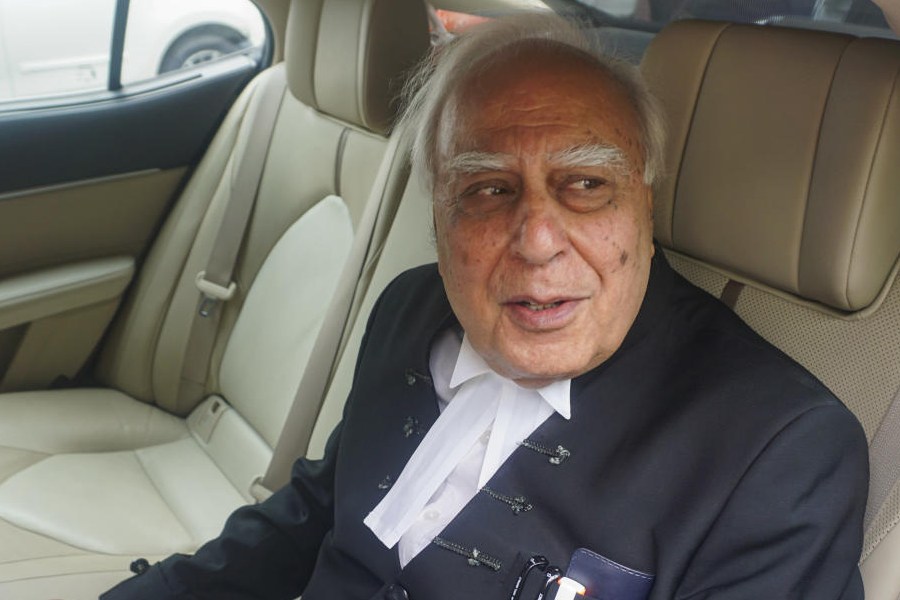New Delhi, Nov. 22 :
New Delhi, Nov. 22:
It's an ugly acronym - VoIP, or voice over Internet telephony - but when the Telecom Regulatory Authority of India unveils a consultation paper on the subject tomorrow, get ready for an acrimonious debate over plans to free the airwaves.
VoIP enables you to call friends and acquaintances anywhere in the world bypassing the traditional phone lines. It uses cyber space to route your call and the beauty of it is that it will cost you a fraction of the price you pay for a normal phone call.
The telecom regulator is expected to set the cat among the pigeons by suggesting
for discussion a VoIP tariff slab that will be as low as 50 per cent of a normal
international call charge.
A phone call from the US to Mumbai over the telephone network would cost you
$1 a minute; the VoIP call would cost about 10 cents a minute. No one is looking at such wide disparities in India, which plans to launch VoIP sometime next year. But it has the potential of knocking the bottom out of fixed line telephone and cellular service providers.
Earlier, Trai had suggested a differential tariff structure for STD calls and
international calls using VoIP.
Besides the tariff structure, the paper will also lob a question on whether to allow Internet service providers - that's VSNL, Satyam, Caltiger and the rest of the ilk - to provide this new service.
The debate will clarify some of the confusion over terms and technology that
surrounds VoIP. 'Internet telephony, Internet protocol telephony and VoIP are
confusing terms. We will try to address this in the paper so that the general public will be able to participate in a more informed manner,' said a senior Trai official.
VoIP is the technology. Internet telephony and IP telephony are two different
services using the same technology. Internet telephony depends on the public Internet (World Wide Web) to route telephone calls. IP telephony uses a dedicated Internet
protocol network - for instance, a network connecting a corporate head office to its
regional offices - to provide communications.
Trai is expected to throw open the debate about the tariff to be fixed for offering STD and local calls using VoIP.
The VoIP market in the Asia-Pacific region is small at the moment with a Cisco study putting revenues at around $1 billion. But it is projected to go up to $17.9 billion by 2005 and India is expected to account for $1.6 billion.
When the VoIP technology was launched a few years ago, it received bad press
because the quality of the call was bad - about as good as ham radio. But since then it has improved considerably and, while it still might not match the clarity of the
traditional phone call, it's almost there.
VoIP has been used illegally in India by a lot of individuals and small companies and has proved to be popular because of the low costs. But once it is officially introduced, your fixed line phone may seldom ring.
 Sunday, 06 July 2025
Sunday, 06 July 2025










